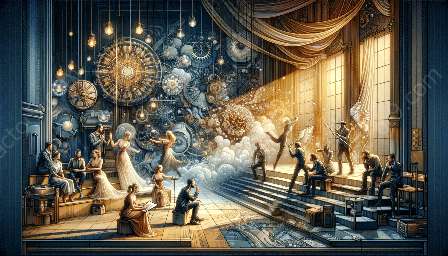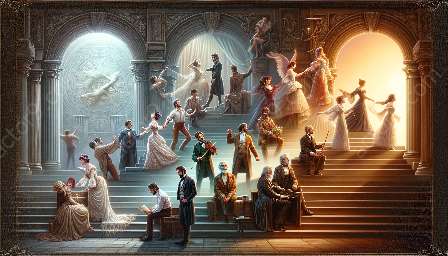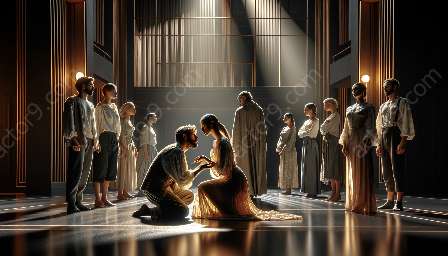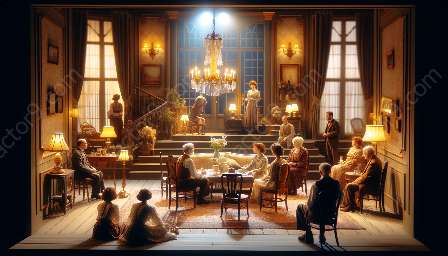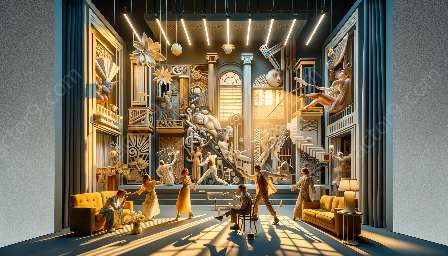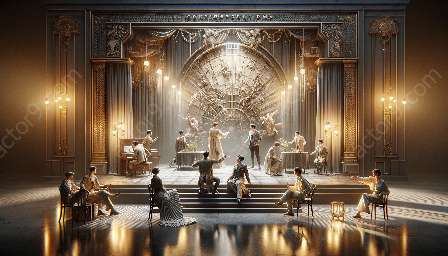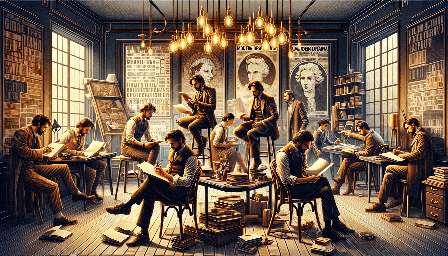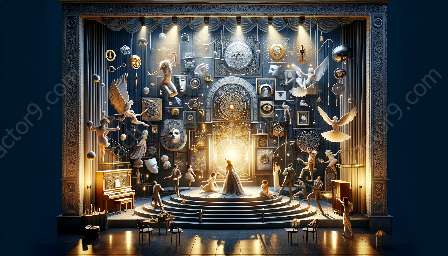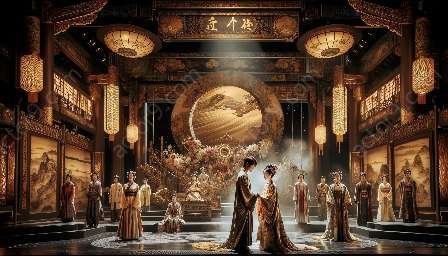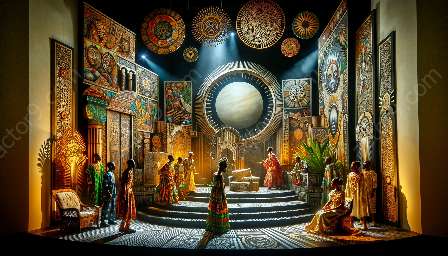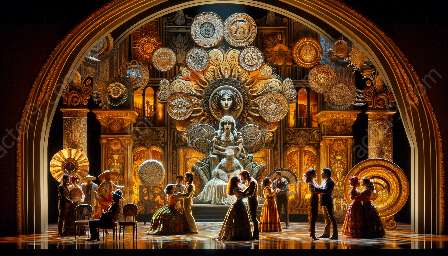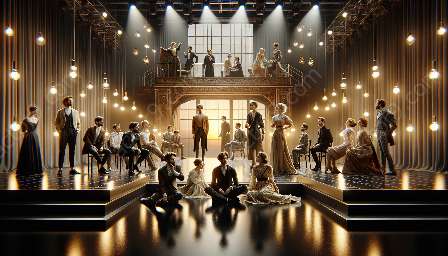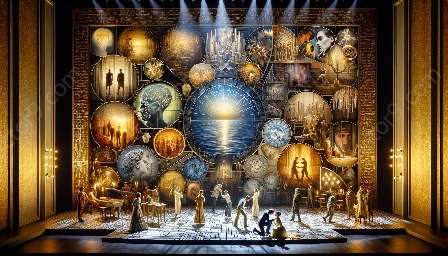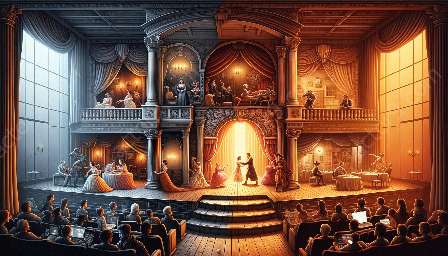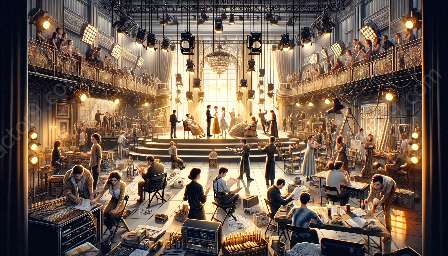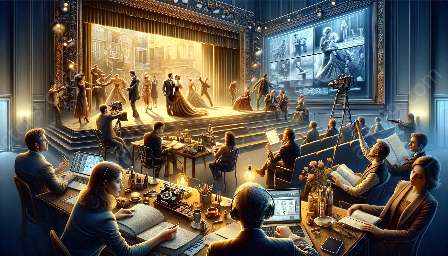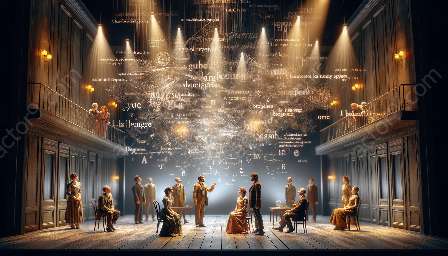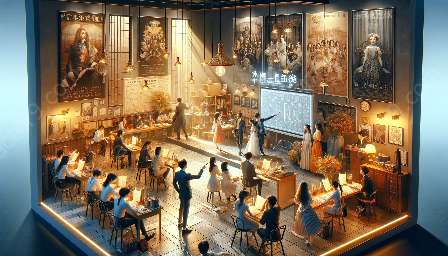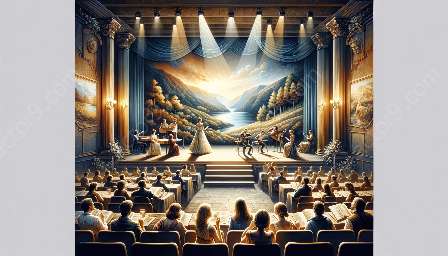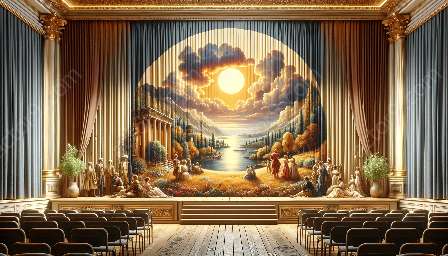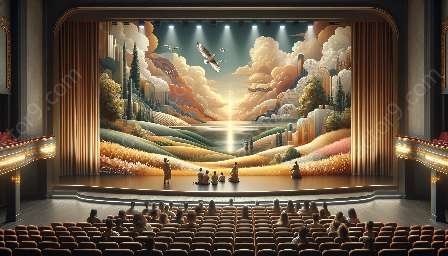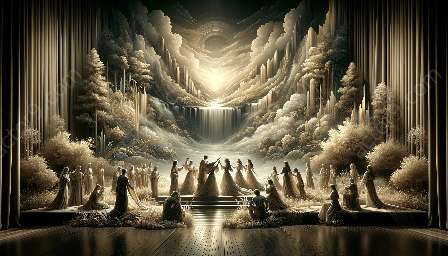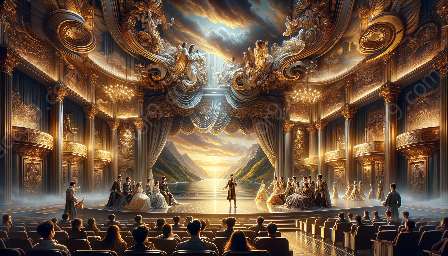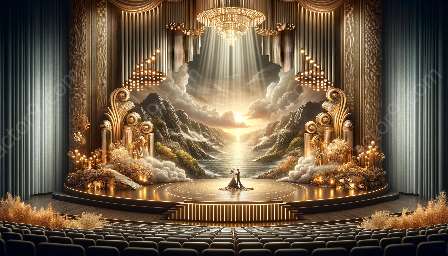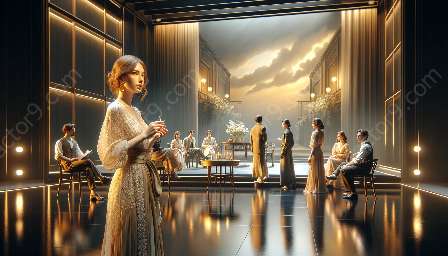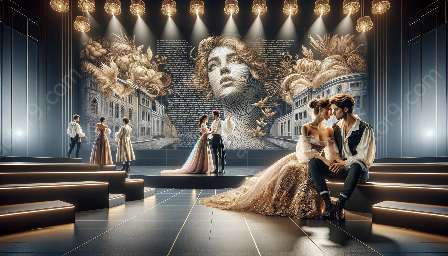Modern drama and technology form a dynamic partnership that has significantly influenced the evolution of contemporary storytelling. This article will delve into the ways in which technology has permeated modern drama, impacting everything from production to performance and audience engagement. We will examine the compatibility between technology and modern drama theory, delving into how technological advancements have shaped and revolutionized the theater landscape.
Technological Advancements and Modern Drama
Technology plays an integral role in modern drama, shaping the way stories are told, staged, and experienced. From lighting and sound design to multimedia integration, modern theaters harness various technologies to enhance the theatrical experience and expand artistic possibilities. The use of digital projections, special effects, and interactive elements has broadened the scope of modern drama, enabling artists to create immersive and visually captivating productions that engage contemporary audiences.
Compatibility with Modern Drama Theory
Modern drama theory encompasses the study of contemporary theatrical practices, exploring how societal, cultural, and technological changes influence storytelling and performance. Technology's integration into modern drama aligns with the principles of modern drama theory, as it reflects the evolving nature of artistic expression in response to the digital age. The fusion of technology and traditional dramatic forms has given rise to new modes of narrative construction, character portrayal, and audience interaction, challenging and expanding the boundaries of modern drama.
Impact on Production and Performance
Technology has revolutionized the production and performance aspects of modern drama, offering innovative tools for set design, costume creation, and stagecraft. Advancements in virtual reality and augmented reality have empowered theater creators to explore new dimensions of storytelling, creating fantastical worlds and immersive environments that transcend traditional stage limitations. Additionally, the use of digital platforms and live streaming has extended the reach of modern drama, enabling global audiences to engage with performances regardless of geographical boundaries.
Interactive Audience Engagement
Modern drama leverages technology to facilitate interactive audience engagement, blurring the boundaries between stage and spectator. From participatory mobile applications to virtual reality experiences, technology enriches audience interaction, inviting individuals to become active participants in the dramatic narrative. This interactive dimension adds a new layer of experiential depth to modern theater, fostering a sense of co-creation and immersion within the storytelling process.
Challenges and Opportunities
While technology has propelled modern drama into new frontiers, it also presents challenges and ethical considerations. Issues such as digital privacy, representation in virtual spaces, and the potential alienation of traditional theater practices warrant careful examination as technology continues to permeate modern drama. Nonetheless, the symbiotic relationship between technology and modern drama offers abundant opportunities for innovation, collaboration, and the exploration of emergent artistic forms.
Concluding Remarks
The role of technology in modern drama is multi-faceted, intertwining with modern drama theory and practice to shape the future of theatrical expression. As technology continues to evolve, modern theater will undoubtedly undergo further transformations, presenting exciting possibilities for the convergence of art, technology, and storytelling.


